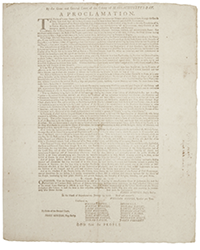Dr. Jörn Günther Rare Books has issued a catalogue entitled Perspectives. A Special Collection of Artists' Manuals on Perspective and Human Proportion. Perspective, basically, is the art of making flat, two-dimensional images appear as if they were three dimensional. To a large degree, we take it for granted today as artists, with varying degrees of success, have mastered the art. However, if you think of the pictures you drew in elementary school, and many if not most of us never advanced beyond this, they were flat and dull. There was a time when even the greatest artists never advanced beyond this point.
The development of a sense of perspective dates only to the Renaissance. That is why the great paintings found inside the Egyptian pyramids look flat and out of proportion. Walk like an Egyptian. The drawings may have offered detail, but they still lacked depth, not at all life like. The same can be said for old American native rock art and cave art. Talented artists drew flat images. It was not until the dawn of the Renaissance that great artists such as Michelangelo and Dürer began to master the techniques that added a third dimension, and with it, life to their drawings.
For example, take a look at the cover image. I have no idea what these gentlemen are doing, or what they are pointing to, so I will leave that to others to explain. What else is noticeable is the artist has added depth to the drawing. The different sizes of the figures creates a sense that some are farther away than others, though in reality, the difference is that some figures are larger than others, not closer. The lines, which draw together appear as they would if traveling away from you, though in reality they too are flat. Add to that the greater detail in the larger figures, as you would be able to discern from people placed closer to you, and the the shading beneath the feet consistently aimed in one direction as shadows would be, and you have created the appearance of depth the Egyptians never mastered.
Of course, there is more to perspective than this simple explanation, which is why I still can't draw anything more realistic than a mediocre cave drawing. There are mathematical relationships that artists began to recognize at the dawn of the Renaissance. These books and manuals relate these lessons as they were developed in the early days of three-dimensional art. Much here, new at the time, is timeless today. Here are a few examples.
We begin with a trilogy from Albrecht Dürer: Underweysung der messung, mit dem zirckel unn richtscheyt in Linien ebnen unnd gantzen corporen (1525), with Etliche underricht, zu befestigung der Stett, Schlosz, und flecken (1527), with Hierinn sind begriffen vier bücher von menschlicher Proportion (1528). This is a sammelband of first editions of the three groundbreaking books Dürer wrote near the end of his life (he died in 1528). The first is his treatise on measurement, which explained his techniques on perspective and mathematical proportion. The second is on a different subject – fortification. One doesn't think of Dürer with military subjects, he being an artist, engraver and writer, but this was a practical subject at a time when some European country was always fighting with another, or with the Turks, or even their own people. It makes more sense if you think of this as a book about architecture. The third book is on human proportion, a necessary subject for an artist to master, both for perspective and realistic drawings of people. Item 2.
Next we turn to a book on perspective even older than those of Dürer, Von der Kunnst Perspectiva. This is the 1509 German edition of De artificiali perspectiva, first published in France in 1505. The author was Jean Pélerin, also known as Viator. He was not the first to write about perspective, as several Italian artists had written on the subject before, some even prior to printing, but his 1505 edition was the first such treatise published outside of Italy. Viator was a diplomat in the court of King Louis XI and a clergyman. What he wasn't was an artist. Nonetheless, he had a great understanding of the principles of perspective. The drawings used to illustrate the principles are simple, essentially line drawings, as one might expect of a person of limited artistic talent. Nevertheless, they dramatically display depth despite their simplicity, demonstrating how to create a sense of perspective. This very rare edition, published by Jörg Glockendon, is believed to have been pirated. Item 1.
Next we have an amazing book whose artwork in a sense turns perspective on its head. The perspective is right, but the objects illustrated present an incongruous mix. You would think this was surrealism, except that art form would not be invented for another 350 years. The title is Geometria et Perspectiva, Hier Inn Etliche Zerbrochne Gebew, den Schreinern in eingelegter Arbait dienstlich… by Lorenz Stöer. It was published in 1567. Stöer illustrates very odd scenes, combining realistic structures, various large polyhedrons, and other unusual structures to create a world that will remind you of a more recent artist who created some of the most fantastic artwork of the last century. As Günther notes, “The bizarre and implausible coexistence of buildings, nature, and puzzling geometrical objects is so surreal that they resemble – and may have been the inspiration for – the tangled and ‘impossible’ works of the Dutch artist Maurits C. Escher (1898-1972), renowned for his mathematically-inspired optical illusions.” If you are an admirer of the work of Escher, to which I plead guilty, you will love these illustrations. Item 8.
It turns out the item on the cover is actually a manual on perspective. The title is Underweissung der Proportion unnd stellung der bossen, likely a rare third edition from 1543 (the first was published in 1538). It is the work of Erhard Schön, a disciple of Dürer. Günther describes Schön as probably the leading woodcut designer after Dürer. He had a workshop full of apprentices who asked him to create this guide to help them prepare satisfactory illustrations. The instructions of Dürer and others were hard to follow, so Schön's job was to make the principles more understandable. Many of the illustrations use simpler linear ones to demonstrate the point, people with square, or cube-like heads seen from different angles. Günther notes once again these drawings appear to preview much later art forms, saying, “these angular figures composed of geometrical solids are stunning for the present-day viewer, as they strongly recall cubism, anticipating the 20th-century avant-garde movement.” Item 4.
Dr. Jörn Günther Rare Books may be reached at +41 (0)61 275 7575 or info@guenther-rarebooks.com. Their website is www.guenther-rarebooks.com.






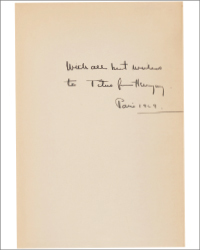

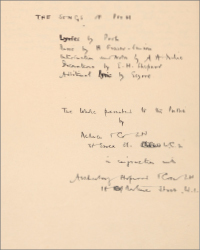

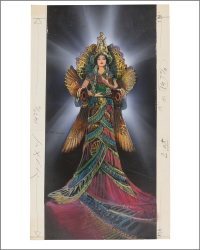

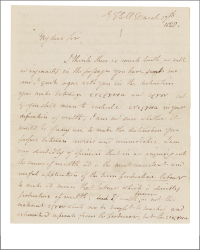
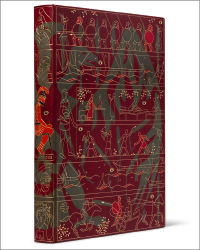
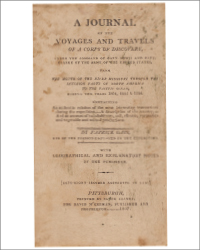


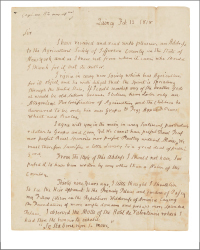

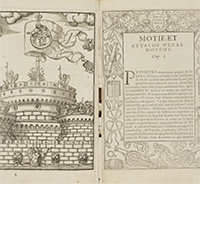
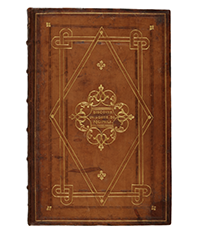
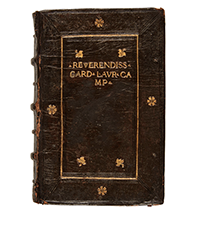



![<b>Sotheby’s, Dec. 16:</b> [Austen, Jane]. A handsome first edition of <i>Sense and Sensibility,</i> the author's first novel. $60,000 to $80,000. <b>Sotheby’s, Dec. 16:</b> [Austen, Jane]. A handsome first edition of <i>Sense and Sensibility,</i> the author's first novel. $60,000 to $80,000.](https://ae-files.s3.amazonaws.com/AdvertisementPhotos/9a74d9ff-42dd-46a1-8bb2-b636c4cec796.png)
